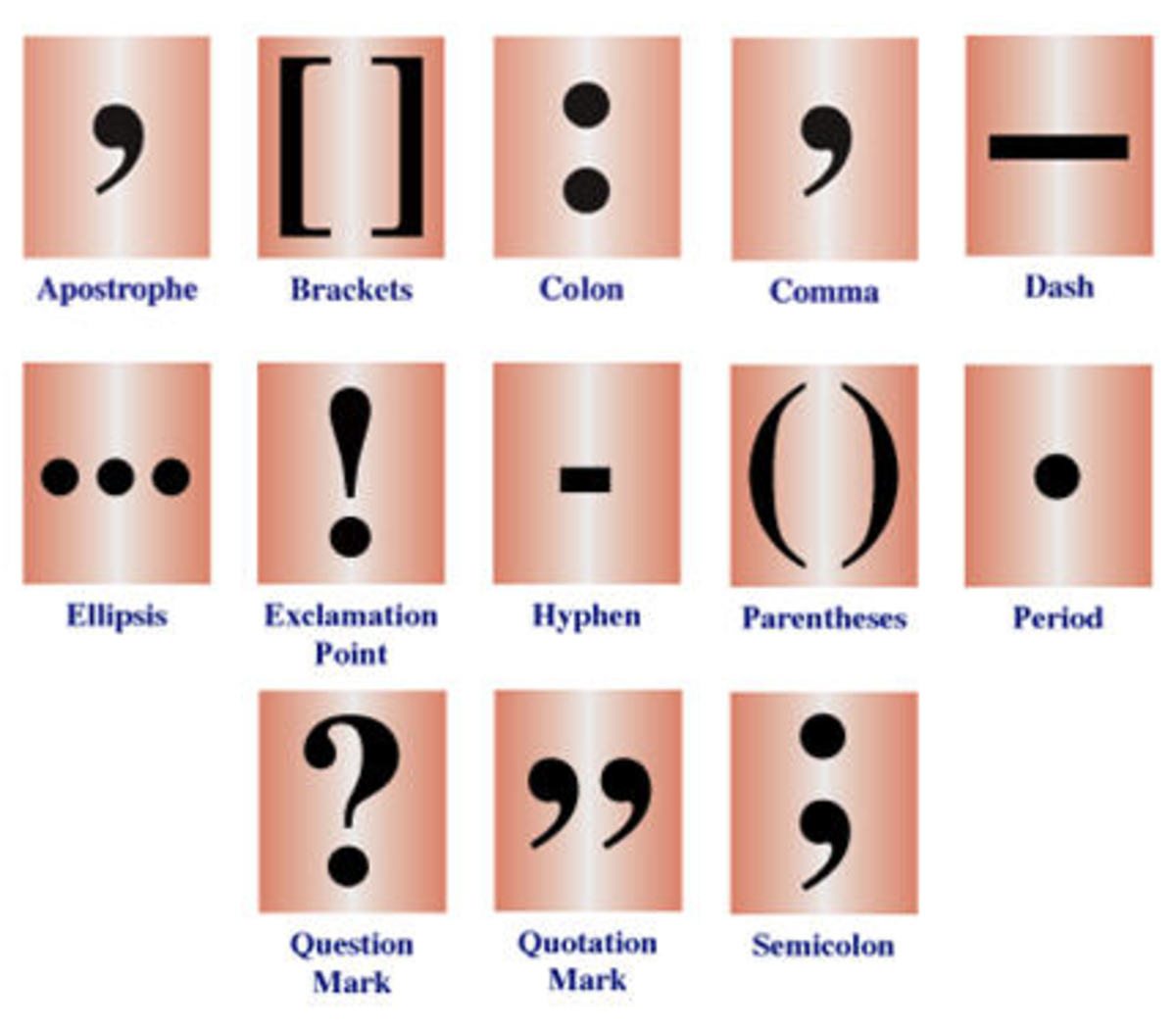How to Design a Unit Plan Using Backward Design
If an elementary or secondary teacher is not asked to submit daily lesson plans, he or she is asked for unit plans instead. Unit plans allow you to take a broader look at what you would like to accomplish for part of the school year. One of the most meaningful ways to construct a unit plan is by using backward design.
Overview
Backward design gained in popularity when Grant Wiggins and Jay McTigue published the method in 1998. But, in 1949, Ralph Tyler explained the usefulness of backward design. Backward design allows an educator to look at curriculum based on what the outcomes should be before planning specific activities. This way, teachers and instructors only include related learning activities and not a string of unconnected learning experiences. Backward design has three stages: 1) identifying desired results, 2) determining what can show evidence of learning, and 3) designing learning experiences and instruction. Let’s take a closer look at each stage.
Stage One
Stage one of backward design—identifying desired results—asks you to think about what is most important. Ask yourself the following: “What is most essential for students to understand?”, “What should students know and be able to do?”, and “What are the enduring understandings (big ideas)?” Answering these questions may seem daunting at first; everything is important. But you must learn to separate out the truly important from what would be nice to know. The best way to do this is to ask, “Will students remember this years from now?” Reviewing your state’s and school’s content standards is a good place to begin to frame your essential questions for what you want your students to know and understand.
Stage Two
Stage two—determining acceptable evidence—helps prove that students are meeting the planned standards and outcomes. Think of this stage as choosing what would go in someone’s portfolio to show his or her expertise. Checks for understanding can be formal or informal, simple or complex, and/or traditional or nontraditional. Some suggestions include: quizzes, tests, projects, essays, and demonstrations. Complex, open-ended, authentic assessments are preferred.
Stage Three
Stage three—planning learning experiences and instruction—is when activities are decided. This is the stage where most teachers will feel at home. But remember, every activity must link to the essential questions and goals established. So, there are still questions that need to be answered before determining activities, like: “What activities will provide students with the desired knowledge and skills?”, “What materials and resources will work best to meet the goals?’, and “Does the overall sequence of activities make sense?” You may need to eliminate some of the engaging activities you developed or incorporated in years past. While these activities may be engaging, fun, and even informative, it may no longer serve a purpose in your unit plan.
In Sum
Instead of planning day-by-day or simply choosing a lot of fun activities, try designing a unit based on backward design. Do not leave assessment for the end of a unit. Instead, check on understanding throughout the unit. Think about what you want students to understand the most and then structure the unit around those big ideas.








